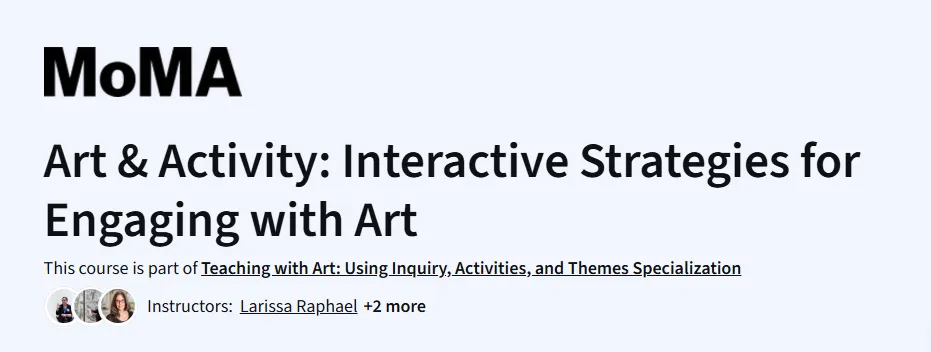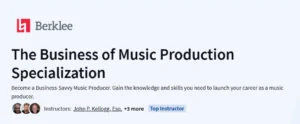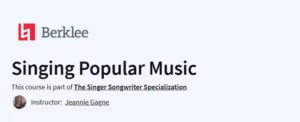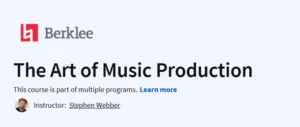What will you learn in Art & Activity: Interactive Strategies for Engaging with Art Course
Engage students in deep discussions and interpretation of artwork using interactive strategies.
Apply inquiry-based teaching methods to explore contemporary and historical art.
Use creative techniques like storytelling, drawing, and movement to connect learners with visual content.
Develop learner-centered lessons focused on dialogue, exploration, and critical thinking.
Facilitate meaningful conversations around identity, culture, and visual expression.
Program Overview
Module 1: Introduction to Teaching with Art
⏳ 1 week
Topics: The role of art in education, why interactivity matters
Hands-on: Analyze how art prompts personal response and curiosity
Module 2: Telling Stories
⏳ 1 week
Topics: Narrative techniques, observation, emotional engagement
Hands-on: Create stories based on artwork and reflect on interpretation
Module 3: Making Connections
⏳ 1 week
Topics: Identity, culture, history, and social context in art
Hands-on: Design lessons that connect artworks to learners’ experiences
Module 4: Taking Action
⏳ 1 week
Topics: Art as a catalyst for conversation and social change
Hands-on: Plan discussions and activities that encourage critical action
Get certificate
Job Outlook
Useful for art educators, museum guides, classroom teachers, and teaching artists.
Enhances student-centered teaching and 21st-century learning skills.
Relevant in both formal education and community-based art settings.
Supports roles in creative education, museum education, and curriculum design.
Specification: Art & Activity: Interactive Strategies for Engaging with Art
|
FAQs
- No prior music experience required.
- Focuses on music theory fundamentals and ear training.
- Suitable for aspiring musicians, educators, and vocalists.
- Builds skills in sight-singing, rhythm reading, and solfège.
- Prepares learners for advanced music studies or performance.
- Covers major and minor scales, modes, and intervals.
- Teaches triads, seventh chords, and harmonic functions.
- Hands-on exercises for listening and singing practice.
- Reinforces understanding of musical structures.
- Helps improve overall musical fluency and analysis skills.
- Covers time signatures, note values, and rhythm patterns.
- Hands-on clapping and vocal rhythm exercises.
- Includes solfège exercises with real musical examples.
- Prepares learners for ensemble or solo performance.
- Strengthens timing, accuracy, and musical expression.
- Useful for aspiring performers, composers, and music educators.
- Enhances ability to read, interpret, and create music.
- Provides ear training critical for production and arranging.
- Lays groundwork for advanced studies in music theory.
- Supports both classroom and freelance music careers.
- 5 modules, ~1 week per module.
- Covers scales, modes, chords, rhythm, and ear training.
- Self-paced with lifetime access.
- Certificate available upon completion.
- Total duration: ~5 weeks at a moderate pace.





